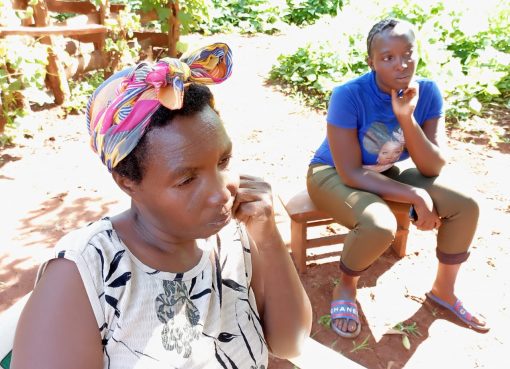The location and centrality of Nakuru County exposes area residents to a higher risk of contracting imported cholera from other areas, the Director for Public Health Mrs. Elizabeth Kiptoo has said.
Speaking today while briefing the media in her office, Kiptoo said the high traffic along the Nairobi –Nakuru highway exposes its inhabitants to cholera infections from the frequent travelers from the capital city, Kiambu, and the border town of Busia.
Additionally, she said the magnitude of the problem was exacerbated by travelers who sometimes stay to visit their relatives or eat in restaurants without washing their hands properly. And some spill their fecal waste on the floors of public toilets.
The Director noted that cholera was an exceedingly infectious disease and any contact with the body fluids of an infected person was likely to spread like wildfire in an entire estate, village, or town.
She urged the residents to protect themselves by stopping forthwith from eating hawked food, or in the popular roadside vibandas. Also, she encouraged them to boil water before drinking since in most cases, the humiliating disease was contracted from dirty drinking water and food cooked in unsanitary places.
However, Kiptoo said the few cases that are imported to the county are quickly identified by her officers on the ground, and the patients admitted to a special ward where prophylaxis is immediately administered and that is the reason it has not spread all over.
But, she said despite the vigilance of the public health officers in the wards, wananchi have a cardinal duty of protecting themselves by reporting any suspected case immediately.
“Any continuous vomiting and uncountable watery diarrhea is a sign of the disease and such a person should be isolated and transferred to the nearest medical facility or a medic should be called to transport them to reduce more infections,” she said.
The Director noted that since the beginning of 2017, the country has experienced an upsurge in cholera cases, and appealed to the rural inhabitants to stop defecating in the open in nearby bushes since such actions help spread the disease.
“The current outbreak started on October 19 last year at a wedding festival in Kiambu County, which later spread to Nairobi, Murang’a, Kajiado, Nakuru, and Uasin Gishu.
She said Kenya has experienced multiple outbreaks of cholera since 1971, adding it remains an issue of public health importance. Cholera is one of the 35 priority diseases under the Integrated Disease Surveillance and Response Strategy.
By Veronica Bosibori





